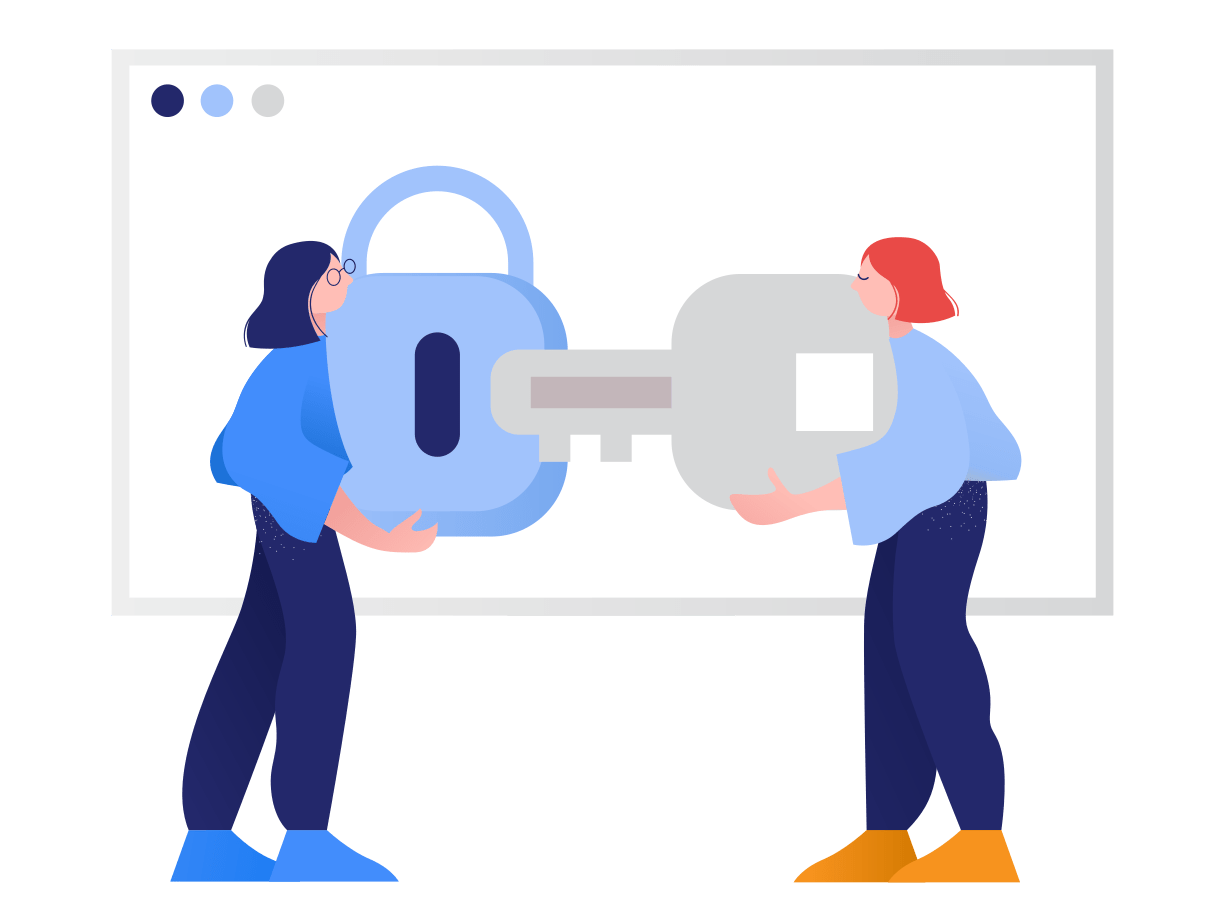5 Benefits of Secure Software Development
The Optimum Web Brings to the Table
1. Fast
We enable software security capabilities and controls to be deployed effort-effectively, within a short time frame.
2. Frictionless
We embed security into software solutions, infrastructure, systems, and business processes.
3. Scalable
We apply automation to reduce manual steps and ensure robustness and scalability as complexity, user base, and data volume increase.
4. Proactive
We establish and implement pre-emptive and proactive controls to prevent and block accidental or malicious security incidents in the software products.
5. Cost Effective
Built-in software security from the outset to avoid extra costs incurred by having to remove vulnerabilities.
5. Compliance
Secure software development encourages streamlined processes, manages compliance risk, improves transparency, letting you achieve secure compliance with regulations.

Software Security Best Practices
We incorporate security best practices and apply all necessary security controls to the software through built-in data security and privacy, access security, API security, and secure application development throughout the software development life cycle (SDLC).
We create security intelligent software solutions designed to prevent, reduce or eliminate software vulnerabilities caused by programming errors or inadvertent security flaws due to complexity or implementation.
We have created a set of advanced software security tools, best practices, and approaches to instantly identify and prevent security flaws during early software development stages, when it is most cost and effort effective, since the cost of code defects removal is times higher after application deployment.
Building Secure Applications at Every Stage of Lifecycle
Before developing a web or mobile application, our cybersecurity experts identify critical systems and assets, determine the risks associated with these them, and evaluate methods for controlling or reducing those risks.
We embed security in every phase of application and software systems development – from earlier development stages when we are gathering the initial requirements and performing software analysis followed by design, code, testing to deployment into a production environment, and ongoing maintenance support.


Mobile Applications Security
Today’s mobile workforce introduces new security challenges. The post-COVID-19 increased work from home policies has amplified mobile security threats for users, applications, devices, and networks.
We help our clients achieve more secure applications, providing strategic options for mobile security threats and prevention, such as:
- applications risk insights;
- apps behavioral analysis;
- company-wide security policy;
- containerization of mission-critical resources;
- safer systems development;
- secure software integrations;
- repeatable processes;
- risk-compliant environments;
- flexible and safe delivery of apps across devices.
Proactive Controls to Security Risks & Vulnerabilities
Here at Optimum Web we continuously improve the software development security, implementing proactive controls to the top 10 security risks & vulnerabilities to ensure secure applications development.
According to OWASP (Open Web Application Security Project), the top 10 security risks vulnerabilities in 2020 are:
- Injection
- Broken Authentication
- Sensitive Data Exposure
- XML External Entities
- Broken Access control
- Security misconfigurations
- Cross-Site Scripting
- Insecure Deserialization
- Using Components with known vulnerabilities
- Insufficient logging and monitoring.


In-Built Application Security
To achieve higher quality mature software products we build in security across every stage of the software development journey:
- Requirements Engineering
- Architectural Risk Analysis
- Assembly, Integration, and Evolution
- Code Analysis
- Risk-Based and Functional Security Testing
- Software Development Life-Cycle (SDLC) Process
- Coding Rules
- Training & Awareness on Risks and Threats
- Project Management Risks



